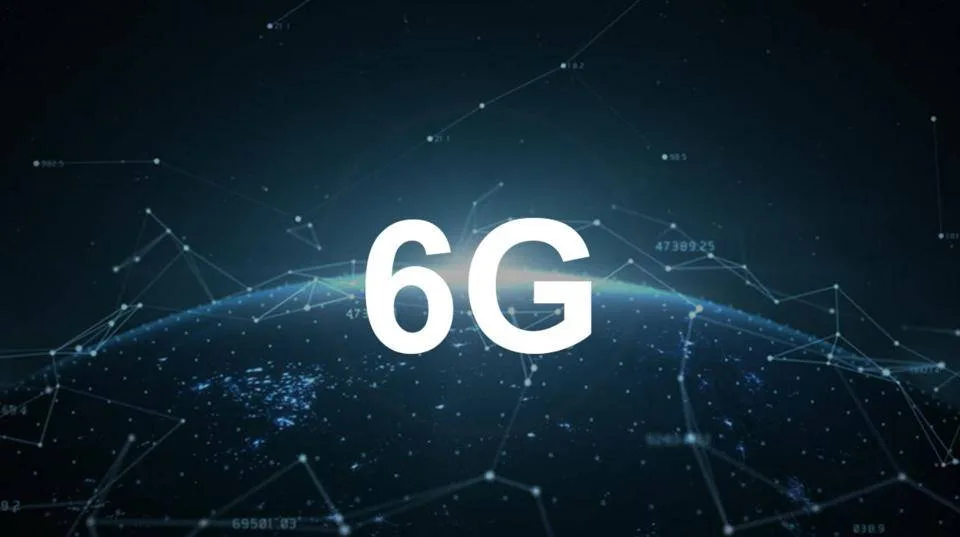In the fast developing field of telecommunications technology, 6G is expected to emerge as the sixth generation network standard in rapid development. It is the expected replacement to current 5G network standards. It will comprise of the core elements of current mobile technologies including SMS, MMS and WAP.
It will feature higher data transfer rates, better power consumption efficiency, greater coverage area, and security features. This latest network technology will enable end-users to experience new capabilities in their daily communications experiences.
With the arrival of 6G, it is expected that mobile service providers (MSPs) will be able to support a wider range of services at lower costs. Incoming traffic is expected to exceed that of current networks which will reduce overall operational costs.
Moreover, with the integration of Internet protocol (IP) and multi-protocol label switching (MPLS), it is estimated that there will be further improvements in IP networks, edge networking, digital subscriber line (DSL) and hybrid broadband networks.
One important factor is definitely the availability of enough spectrum for the application. Another important factor is definitely the upgradation process for the existing networks.
Most of the equipment vendors are coming up with solutions that work on the basis of VoIP or even on the basis of traditional networks. Thus, the availability of sufficient bandwidth has always remained a fundamental factor for the 6G wireless technology infrastructure development. Another critical factor is definitely the compatibility of the equipment with the existing hardware.
There was a time when it was thought that the whole market for cellular devices would expand very soon, and that the entire world would switch over to 6G wireless technology infrastructure. But this did not happen, and most of the consumers in developed countries still do not have access to 6G technology. There were several reasons for this.
Some of the problems faced by the users were the lack of scalability as well as the lack of forward compatibility with the existing infrastructure. However, advances in the field are being made constantly, and more applications will come up with the new wave of technologies infrastructure. Therefore, it is quite possible that 6G would be available in the near future, and the older equipment will become redundant.
Today, the spectrum is divided into three major frequency classes: low, medium and high. The low frequencies are used for communication purposes, like making calls and receiving and sending SMS messages; the medium frequencies are used for data transfer, such as for video conferencing or for telephony; and the high frequencies are used for communications such as high speed internet and for base stations.
All these services use one kind of frequencies, namely, terahertz (THz), or ultra-high frequency (UHF) radiation. In fact, there are two kinds of waves: lower-frequency waves, which are used for lower bandwidth applications, and higher-frequency waves, which are used for higher bandwidth applications. The later is also known as millimeter waves.
Unlike what many are thinking, 6G isn’t going to be an overnight success. Contrary to what many are thinking, 6G is not going to be the end of the world, but the beginning of something that is much better than the older technologies. In fact, 6G is going to be the start of something great. What exactly is 6G technology?
As compared to what its meant for our future, 6G probably isn’t a huge deal. What is 6G though? Similar to 5G and 1G, 6G is the 6thgeneration of mobile wireless networks. While in the past it had been assumed that these new generations would be nothing more than simple refinements, we have seen a significant increase in their capabilities. The following will break down each different part of what is going on with 6G technology and how it could affect us all.
The biggest change with 6G comes in the form of artificial intelligence. The major problem with most current computing networks is how they are set up and how dependent they are on one another. Due to the new technologies that are being used with the phones, it allows for much more flexibility when it comes to the connections that are used. This is something that was always missing with earlier generations and will eliminate a lot of headaches for users.
Another major issue with 6G comes from all the new technologies that are going into smart cities. With so many cities being built around the latest high tech gadgets, this feature will be very important.
The 6G Wireless network will allow for communications between any number of devices using anything from Bluetooth to Wi-Fi. It will also work well within any large city, which means that all the service providers in place now should be easily able to handle the demand of making sure all the users can get connected.







